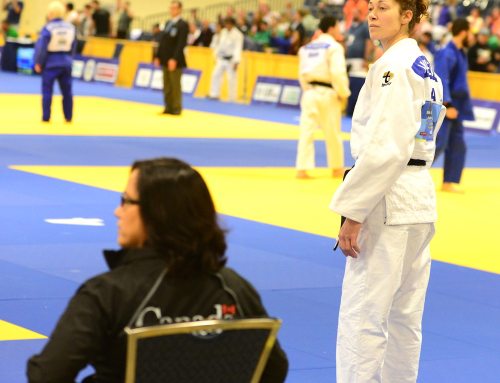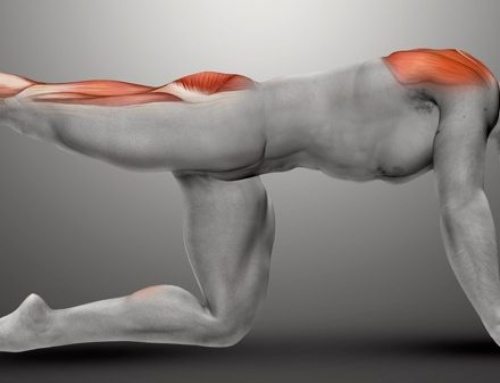By Smruti Shah
What happens when you get an injury?
One of the most common questions I hear from runners is: “Can I run with this pain?” As a runner, I am biased towards answering ‘yes’. As a PT treating runners, I advise that it is fine to continue running as long as the injured structure is protected. For this article, we will focus on the first 1-2 weeks after the onset of pain.
Identifying the stage of injury helps determine if running is still a good idea. Pay attention to the behavior of the symptoms and when in doubt, ask a medical professional.
- Initial: Pain or aching occurs during your run and stops as soon as you stop running with no swelling, joint stiffness, or giving way
- Mild: Symptoms continue after you stop running, often taking several hours to resolve
- Moderate: Pain limits daily activities such as walking, climbing steps, standing from sitting
- Severe: Pain awakens you, you take medication
- Final: You can’t run and have symptoms when walking
Typically, the Initial and Mild stages can be addressed through self-management and running continues with a few modifications. I recommend Protect Optimal Loading Ice Compression Elevation (POLICE) over the more common Rest Ice Compression Elevation (RICE). The right load in the initial phases can improve healing without the deconditioning and loss of range of motion associated with complete rest. Wearing a compression sleeve or sock may protect and compress the healing structure. Optimal loading could be changing shoes to better support your foot, stretching, post-run massage, a decrease in volume/intensity, or some combination of these; the idea being an improvement in the structure of the irritated tissue. Ice can be applied with ice packs or ice baths for 10 minutes post-run and more frequently if desired. Most injuries in the initial and mild stages recover within two weeks using POLICE principles. Seek medical evaluation if symptoms continue. A treatment plan addressing your specific impairments can improve recovery and a return to injury-free running.
In the later stages of injury, continuing to run could lead to a more advanced injury and take you out of running longer or permanently. Seeking medical guidance is the best way to understand the injury and treatment. The POLICE principles will be used, but protection may include taping, bracing, orthotics, or crutches, and optimal loading will focus on decreasing impact with pool running. cycling, or even complete off-loading. The goal is to move up the stages of injury and return to running without symptoms. Recovery time from an injury in a later stage is highly variable.
Try the POLICE principles to improve your chances of recovery and running long term. See you out there!
# # #
Smruti Shah, DPT is a physical therapist at ATI in Carrboro. She loves working with the endurance athlete community, marathon running, and hanging out with her husband , two daughters, and fluffy dog.





